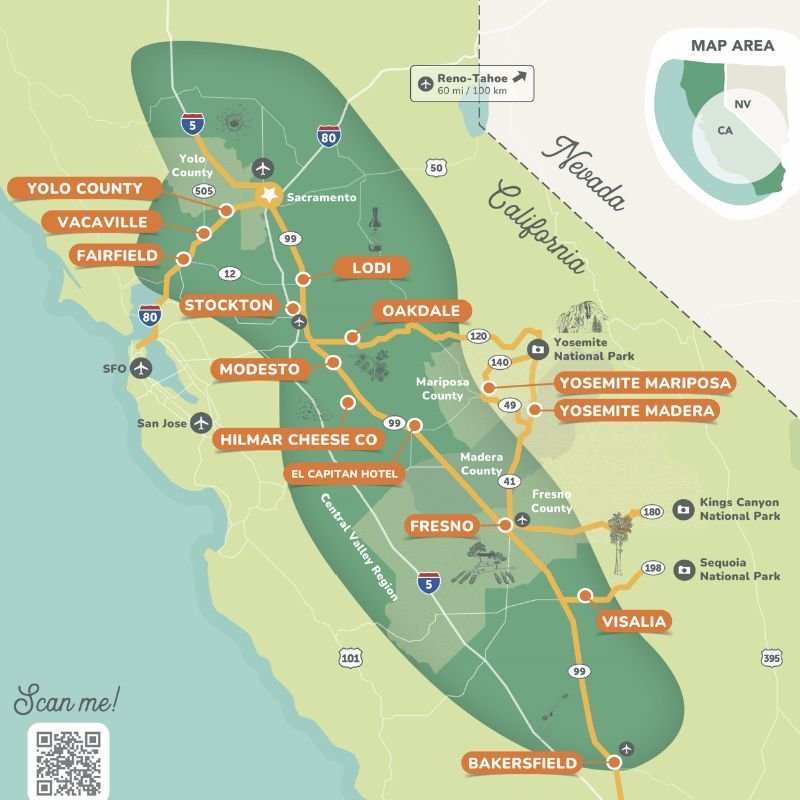FAQ
No, Barn Owls are wild and protected, so they cannot be purchased or relocated. Simply install the box in the right location with ample food (gophers, voles, rats, mice), and owls will naturally move in over time. Barn Owls are cavity-nesting birds, and a properly placed box serves as an ideal artificial nesting site.
Barn Owls are highly effective; a single Barn Owl family will eat 60 pounds of rodents per year. That’s a lot of gophers, voles, rats or mice gone from your fields. Less rodents = less headaches.
Barn Owls primarily hunt small rodents including gophers, voles, rats, and mice, making them a natural solution for rodent problems.
Barn Owls typically stay within 1-2 miles of their nesting site as long as there’s food. Once they find good hunting grounds, they’ll stick around.
No, Barn Owls do not eat squirrels. Barn Owls are nocturnal hunters, active at night, while squirrels are diurnal and active during the day. Gophers and voles are crepuscular, most active around dusk and dawn, and rats are nocturnal, aligning their activity with the Barn Owl’s hunting hours. This overlap makes Barn Owls particularly effective at targeting gophers, voles, and rats.
One Barn Owl box will support a pair of owls and family, which is ideal for 10 acres, depending on rodent pressure. For example, if you have 80 acres of almond, vineyard, tomatoes, etc. install 8 Barn Owl Boxes.
Install boxes 10-12 feet high on a sturdy pole, ideally steel, to prevent predators like squirrels from accessing the nest. Position the entrance to face northeast when possible, and avoid locations near roads with heavy night traffic. Ensure the entrance has a clear and unobstructed flight path, allowing owls to easily access and exit the box.
An ideal Barn Owl box is weatherproof, built from durable materials like ¾-inch plywood, and includes a clean-out door for easy maintenance. The entry hole must be properly sized to allow Barn Owls in while keeping predators out—oversizing the hole compromises the safety of the owl family. Steer clear of boxes with a perch at the entrance for a patio surrounding the box, these features will attract larger birds of prey like hawks to prey on vulnerable owlets.
Installation can be complicated, but I’d be happy to guide you personally. Call me (Nick) at 559-352-8067 to discuss. Owl Box Company is a full-service predator rodent control business—we build, deliver, and professionally install Barn Owl boxes to ensure the best chance of attracting owls and controlling your rodent problems.
Yes, clean the boxes annually (or every two years, but not three) after the nesting season, ideally between October 1st and November 30th is the best time, before winter. Remove debris to keep the owls healthy and encourage them to return. After cleaning, add a few handfuls of pine wood shavings for a comfortable nesting floor, but avoid cedar shavings, as they can irritate the owlets.
Install boxes year-round, ideally well before nesting season, to increase your chances of attracting owls. Nesting season starts as early as December 1st. Clean the boxes annually (see FAQ #6) to remove debris, neglecting maintenance can cause pellet buildup, making the box unattractive to owls. A clean, well-placed box ensures Barn Owls keep returning and continue feeding on your rodent population.
Yes, but avoid poison baits, as they can harm the owls if they eat poisoned rodents. Use traps or cultural practices like tillage in combination with owls for an effective IPM approach.
Barn Owls won’t harm crops, livestock, or beneficial insects—they’re focused on rodents. They’re a farmer’s ally in keeping pest populations in check.
While there is an upfront cost for the boxes, the long-term benefits of effective, sustainable rodent control and reduced crop losses far outweigh the initial investment. With rising labor costs and a shrinking pool of effective rodenticides, Barn Owls offer a reliable, effective and sustainable solution. They work 24/7, year after year, providing consistent rodent control without the ongoing expenses of chemicals or labor of trapping.

